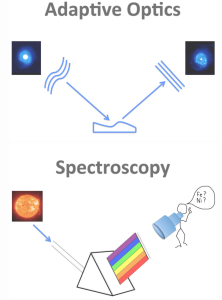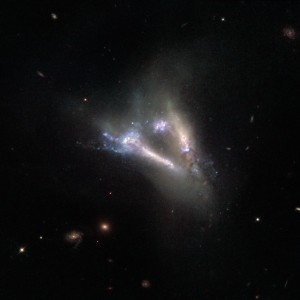
April 8, 2015, 7:30PM, University of Victoria, Bob Wright Centre B150 – RASC Victoria Centre’s monthly meeting
Frontiers in Adaptive Optics and Stellar Spectroscopy: Searching for the First Stars Ever Formed – Masen Lamb, PhD student at the University of Victoria working in Astronomy and Telescope instrumentation
To compete with space telescopes such as Hubble, current (and future) optical ground based telescopes employ a technology called Adaptive Optics. This technology uses mirrors to cancel out the affects of the atmosphere and provide near diffraction-limited images. One application of Adaptive Optics in astronomy is to resolve dense regions of stars in the centre of our Galaxy. When this application is combined with infrared spectroscopy we can start to hunt for the oldest stars in our Galaxy. I will talk about the latest technologies in both Adaptive Optics and stellar spectroscopy and discuss some of their astronomical implications.
Masen Lamb is a PhD student at the University of Victoria working in Astronomy and Telescope instrumentation. His astronomy work is done at the university while his instrumentation work is at NRC – Herzberg Institute of Astrophysics (HIA). Masen Lamb’s website
Presentation
- pdf (36Mb) – no embedded video. Find AO video at the bottom of this web page.
- PowerPoint Show (33Mb) – embedded video included
Recorded streaming video of the whole meeting, including Masen’s presentation ( 1 hour Youtube video)
